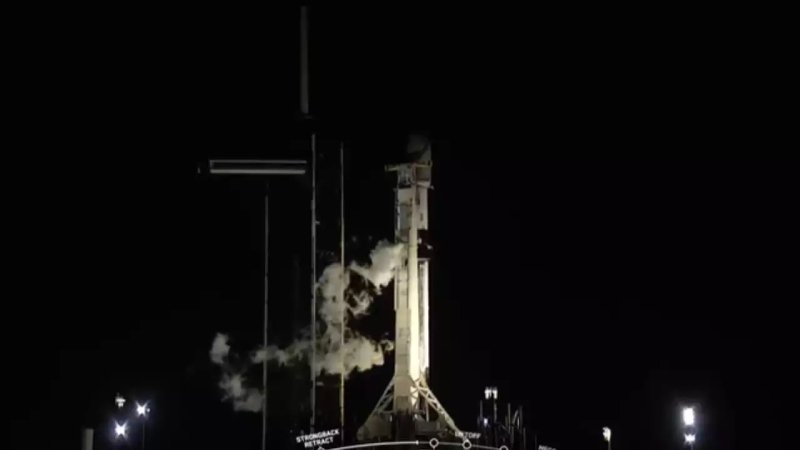The earth space station, commonly referred to as the largest space environment simulator in the world, has finished testing and commenced operations in China. The facility, known as the Space Environment Simulation and Research Infrastructure (SESRI), is situated in northeastern China’s Harbin City.
China’s expanding space aspirations go beyond just space stations and launch vehicles. By the end of this decade, the nation hopes to become one of the major aerospace powers in the world, and by 2045, it hopes to become a powerful force in space. To achieve this, China has been initiating large-scale space-related projects, such as establishing a lunar base station.
China requires a deeper grasp of the challenging and complicated conditions in which its spacecraft will operate if it is to guarantee the safety of its crew. Rather than sending experimental spacecraft into orbit to collect this vital data, China constructed an affordable ground-based station that accurately mimics the environment.
What is SESRI known to be?
The China Aerospace Science and Technology Corporation and the Harbin Institute of Technology were responsible for the building of the facility, which received first approval in 2015. It includes four main laboratories and is housed in the Science and Technology Innovation Park in Harbin. Fifty soccer fields’ worth of area are covered by the infrastructure overall.
These labs are specifically created to investigate space environment, plasma science, magnetic environments, and animal breeding, among other aspects of space technology. The labs are equipped with simulators that imitate a variety of space conditions, including solar radiation, microgravity, very low temperatures, and space dust.
For example, according to the SCMP story, researchers can examine the effects of dust on spacecraft, people, and their spacesuits using the 70 cubic foot (two cubic meter) lunar dust simulation chamber. For equipment testing prior to launch, the magnetic environment lab may provide an almost completely neutral magnetic field.
Global Cooperation
The national acceptance evaluation took place on Tuesday of this week, marking the end of the facility’s trial activities, which started last year. CCTV reports state that since the testing started in June of last year, every system component has been operating consistently.
Researchers will now be able to configure the facility to their own specifications and carry out tests in accordance with the requirements of science and engineering. The report also stated that partner institutes have already started operating out of the facility, focusing on important discoveries and technology.
As many as 110 institutions and institutes from more than 30 nations have already signed agreements to use the facility, according to state news agency Xinhua. This will probably draw top talent to the facility from all over the world.
The facility will enable agricultural breeding and life science studies in addition to facilitating space flight, opening the door for a future in which mankind has colonized other planets and conquered space travel.
The SESRI laboratory will also help comprehend phenomena like gravity waves and build electronic devices for aeronautical applications.
Topics #China #Largest Ground Space Station #SESRI











